How do you strengthen your knees? The best way is with a yoga program or series of exercises that improve the strength and mobility of your hips, glutes, core, and ankles. But first what is even knee pain?
Knee pain is one of the most common physical fitness issues there is, but most people tend to not understand the underlying causes. Most people have had knee pain at some point, and many active people have chronic knee pain have had ligament tears such as MCL, ACL, or meniscus, and continue to be injury-prone in the knees.
This pain or injury risk could be preventing you from engaging in physical fitness activities you used to enjoy. However, most knee problems are not caused by issues with the joint itself – they have to do more with the muscles that connect to the knee, using proper movement patterns during exercise and everyday movement, and ensuring you are exercising intelligently for your activity of choice.
This informative blog includes:
- Common Knee Pain & Knee Injury Issues
- Challenges and Causes of Knee Pain & Injury
- Exercises to Strengthen Knees & Prevent Injury
- How can Man Flow Yoga help?
Common Knee Pain & Knee Injury Issues
These are some of the most common symptoms or problems that people with knee pain experience. If you have any of these problems, then it’s time to slow down and reassess your training to strengthen your knees and prevent further injuries.
- Pain in the knees during exercise, or the day afterward.
- Clicking or grinding in the knees while bending and flexing the knees (or during lower-body movements in general).
- Ligament or tendon issues, tears, or injuries (MCL, ACL, meniscus, etc)
- An aversion to exercise for fear of injuring the knees (not doing squats, avoiding running, etc)
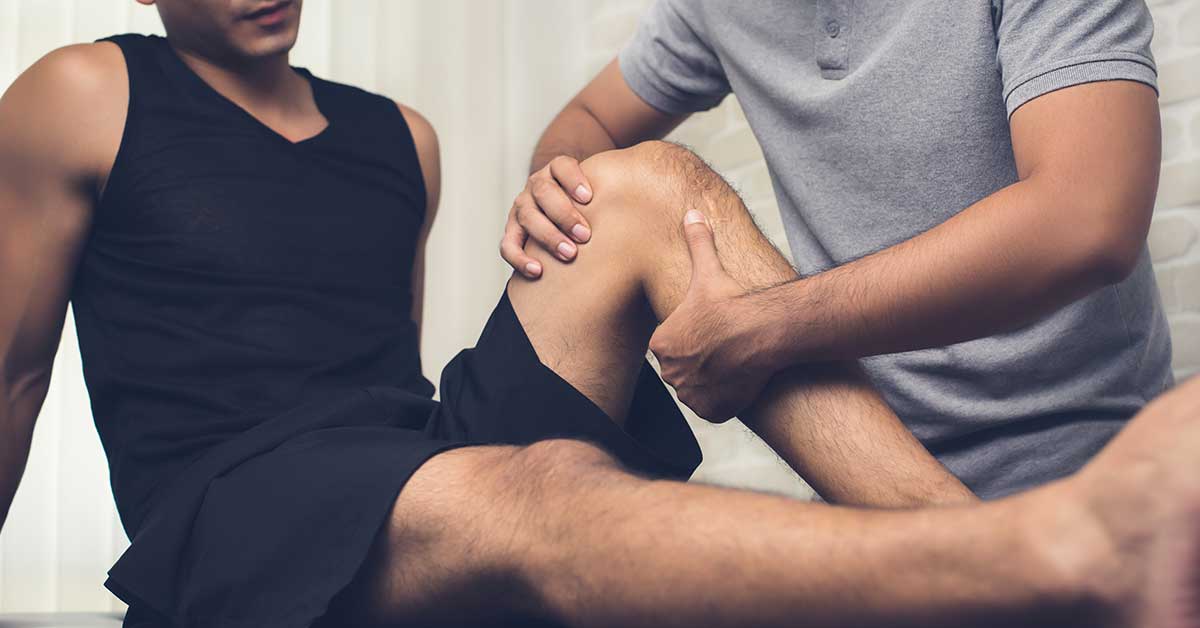
Challenges & Causes of Knee Pain & Injury
- Strength & mobility of the ankles, hips, and core. Whether your knees are healthy and pain-free or not is largely determined by the strength and mobility of the muscles that connect to and have an effect on knee movement – these areas primarily include ankle strength, ankle mobility, hip strength, hip mobility, and core strength.
- Ignorance about knee health. Most people who have knee pain don’t understand what they’re supposed to do to fix it. While surgery is required for some, most people can avoid this by addressing the muscular weaknesses, poor movement patterns, and inadequate training that leads to knee pain and injury in the first place.
- Lack of muscle activation in the hips and core. Many people simply are not using the muscles of their hips and core during exercise. This lack of muscle engagement places unnecessary stress on the knees, because now the muscles that connect to the knees are doing the work that the hips and abdominal areas should be doing. This causes an imbalance, which leads to pain, and possibly injury.
- It can be frustrating and make you want to avoid exercise altogether. Knee pain can be frustrating to the point that people will avoid exercise until it goes away, or refrain from doing exercise that aggravates the pain. The problem with this is that the only way to fix the knee (unless major surgery is required, such as a total ACL repair or total knee replacement) is through exercise, but the exercises required to do this are not the ones you’ll encounter in most traditional workouts. You will need to find a program that specifically addresses strength and mobility in the hips, ankles, and core that does not further aggravate or encourage improper movement patterns with the knee.
- Knee pain is also caused by improper movement patterns. Having poor technique when doing basic exercises like squats, deadlifts, or lunges can lead to exercise-induced knee pain, which can create the false assumption that certain exercises should be avoided. In fact, when we encounter knee pain, it is an indication that the technique you are using to complete those exercises is incorrect, OR you lack the necessary strength and mobility in the surrounding areas to perform the exercise properly.
- Knee pain and knee injury can be caused by inadequate training programs. If you are a runner and want to avoid knee pain, then you should be sure to add hip strengthening and mobility training to your weekly routine, otherwise, you may end up with running pain. Likewise, if you are playing a team sport such as basketball, football, or lacrosse, then it’s important to do sport-specific training to make sure your knees are prepared for the stresses of that activity.

How to Strengthen Knees & Prevent Injury
- Strengthening and improving the muscle activation of your hips, glutes, core, and ankles. This is step one of preventing injury and pain in the knees. Most people neglect the types of exercises that focus specifically on developing these areas. Even people who squat and deadlift often could be using their glutes and core ineffectively. You need to do the appropriate muscle activation improvement exercises – slow, isometric, controlled movements – to ensure these muscles are firing the way they should be. Yes, yoga has the exercises and style of workouts you need to address knee pain.
- Improving the flexibility and mobility of your ankles, hips, and spine. Knee pain is often caused by tightness in the muscles that connect to the knee. By lengthening these muscles, you relieve tension on the knee. You should also be sure to combine flexibility and strength, which means you should try to build strength in your muscles while improving flexibility at the same time. Not all yoga or flexibility programs address this, so be careful here.
- Correcting improper movement patterns. This could mean improving your squat technique or changing the technique you use to perform a certain movement in your sport of choice. The point here is to make sure that you are using proper technique in whatever you are doing. If you are using proper technique, you shouldn’t feel pain in your knees. You should feel the pressure in your muscles, and not in the joint.
- Training appropriately for your activity of choice. You should make sure that the workout program you are doing addresses strength, mobility, recovery, and whatever sport or activity-specific exercises are required to develop the required physical skills.

How Man Flow Yoga Helps with Knee Pain
Recurring knee pain and injury was one of the reasons I started Man Flow Yoga. Through my self-study and personal experience, I learned that the key to strengthening the knees was by strengthening the core and hips and helping to distribute the pressure of exercise more evenly throughout the body.
 My number one recommendation for improving fitness for the long-term is I combined the best exercises and yoga postures for knee strengthening into a comprehensive program called Bulletproof Your Knees, available in the Members’ Area. This program recommends a minimum of 3 workouts per week, each around 30-35 minutes in length.
My number one recommendation for improving fitness for the long-term is I combined the best exercises and yoga postures for knee strengthening into a comprehensive program called Bulletproof Your Knees, available in the Members’ Area. This program recommends a minimum of 3 workouts per week, each around 30-35 minutes in length.- Which “path” is right for you? We’ve developed specific “paths” to help people understand which programs are most appropriate for their goals and challenges, and people who struggle with knee pain fit into one or more of the following categories: (1) Injury-Prevention & Rehab, (2) Low-Impact Fitness, and (3) Yoga for Athletes.
Looking For A Program?
If you’re interested in starting a yoga program with Man Flow Yoga to gain strength, flexibility, and mobility, BUT don’t know where to start, we got you covered. Give our FREE 7-Day Challenge a try. Sign-up below! Signup for the FREE 7-Day Challenge
About the author, Dean Pohlman, Founder & CEO of Man Flow Yoga, Author of Yoga Fitness for Men, Expert on Yoga Fitness for Men.
Looking for non-spiritual, yoga for men workouts?
Learn More About Man Flow Yoga and how it can help you with your fitness goals:
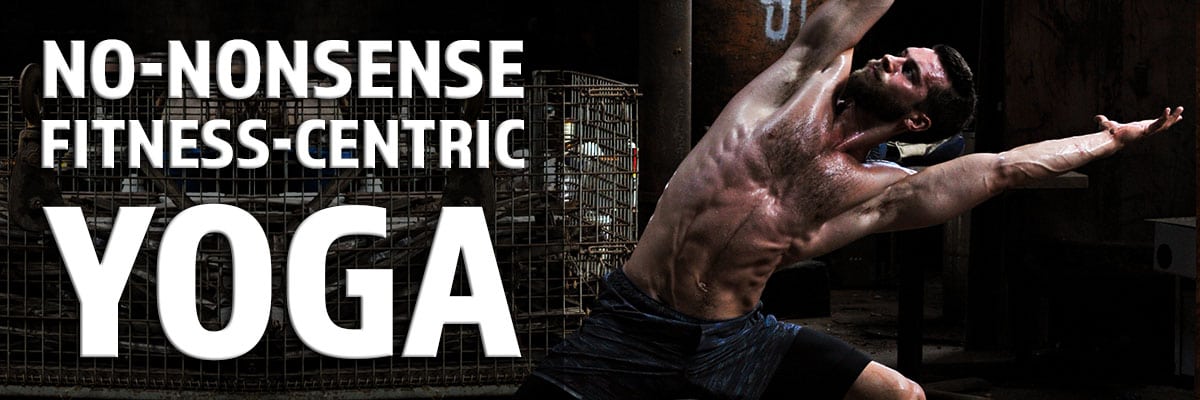 Join Today for Instant Access!
Join Today for Instant Access!
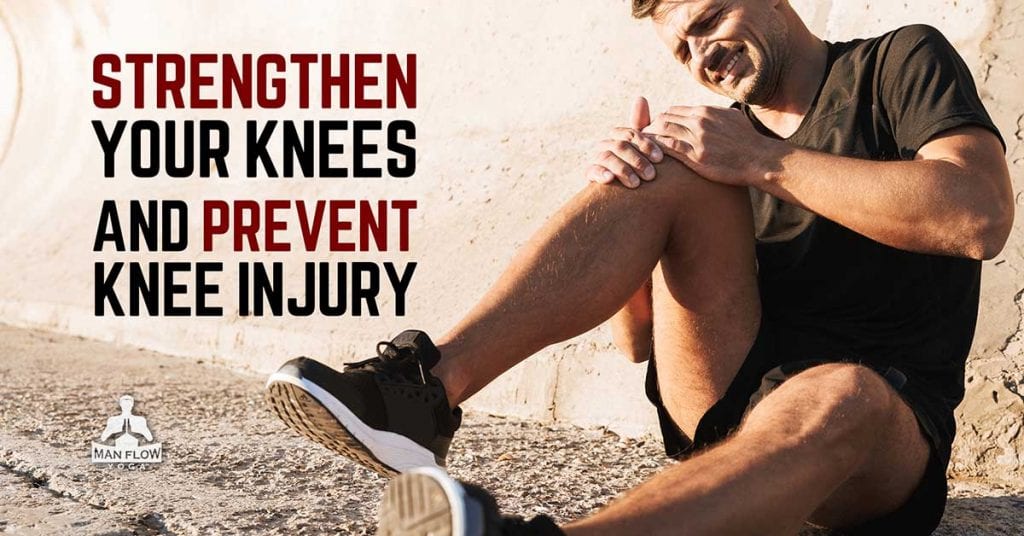
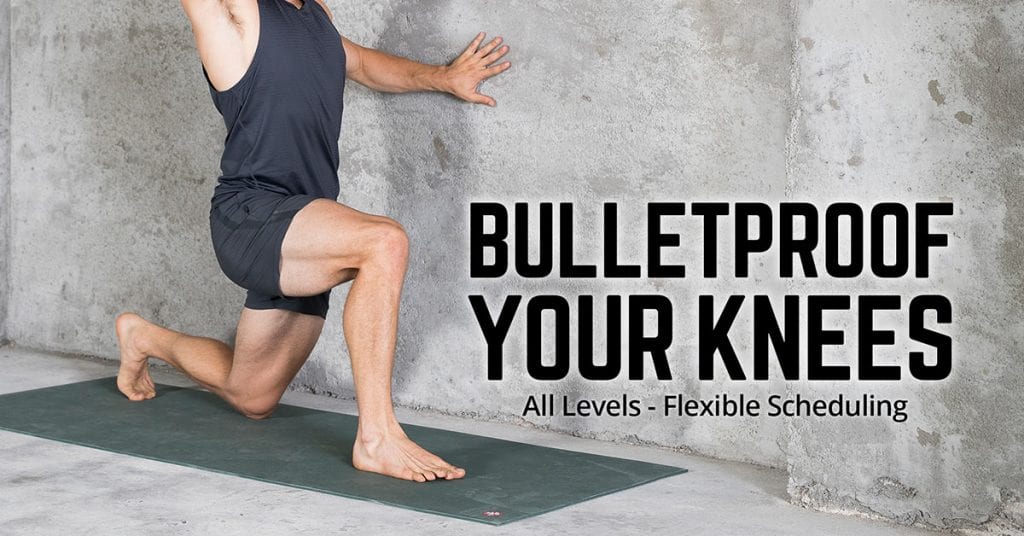
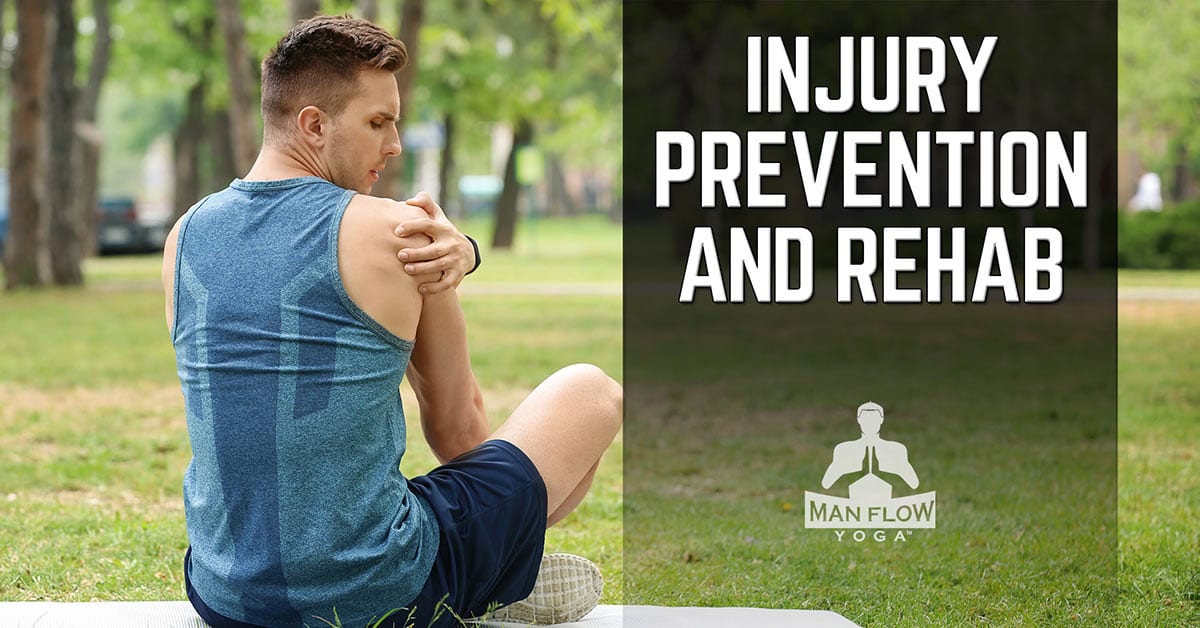
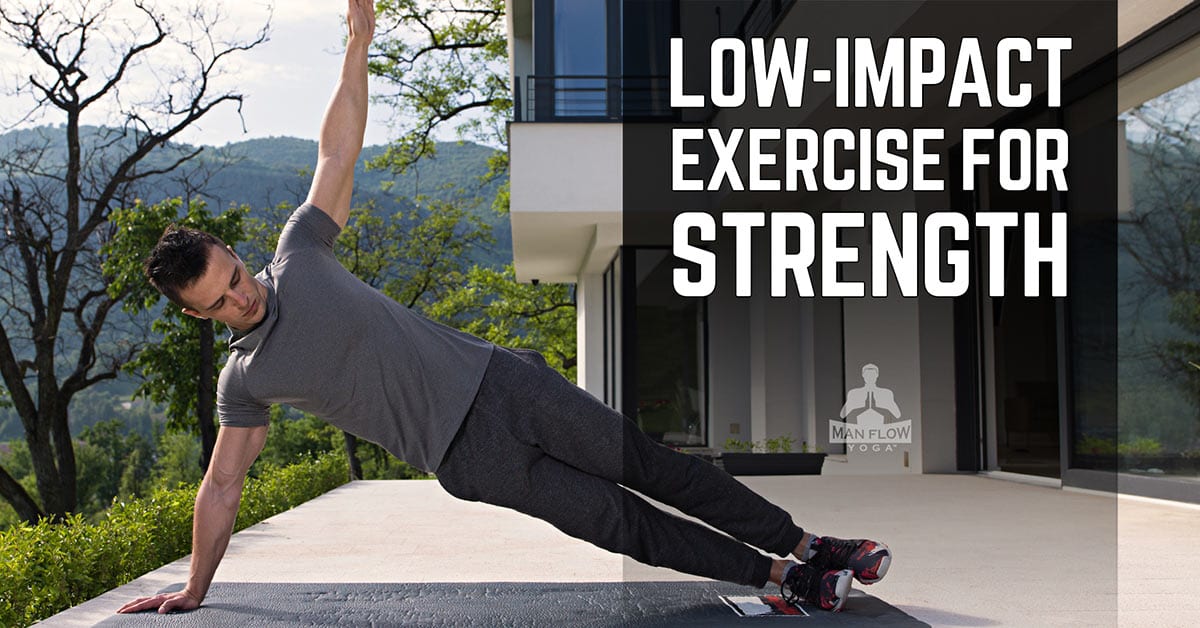
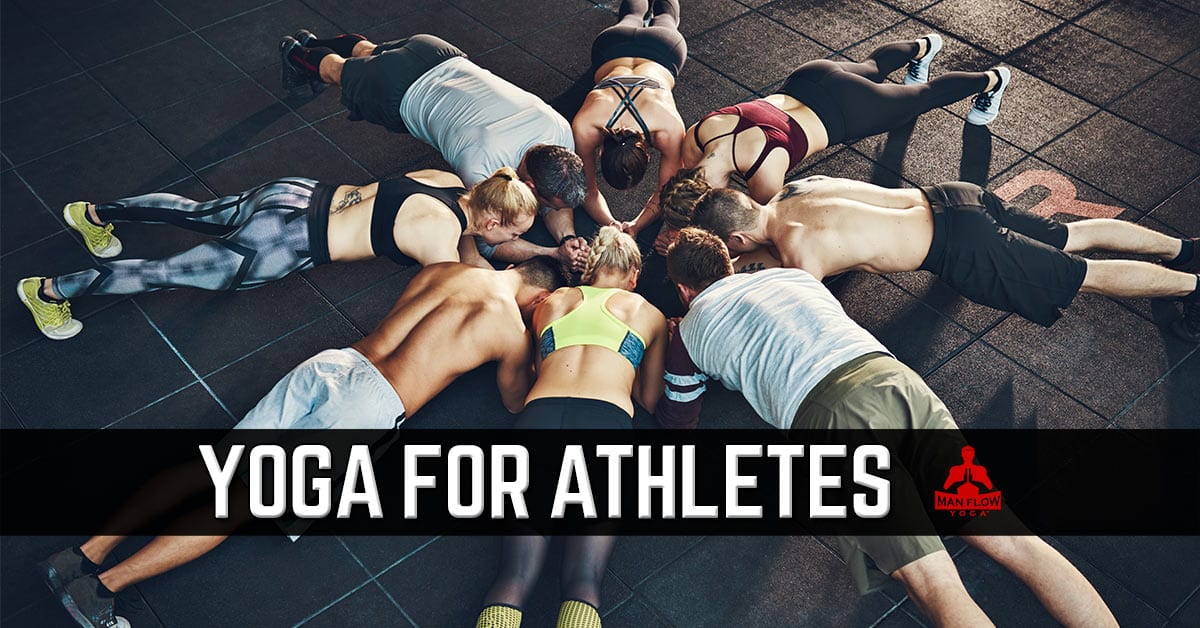
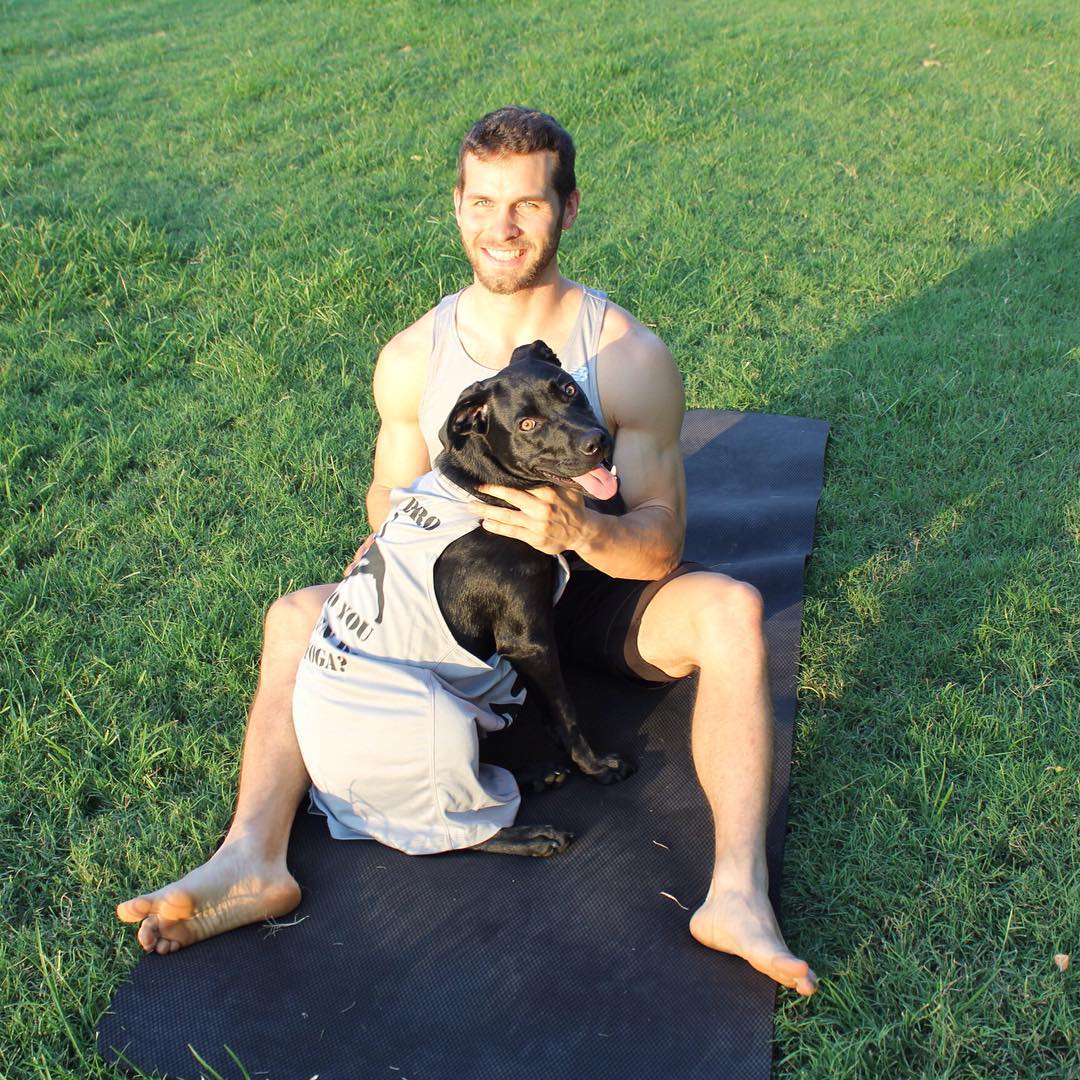
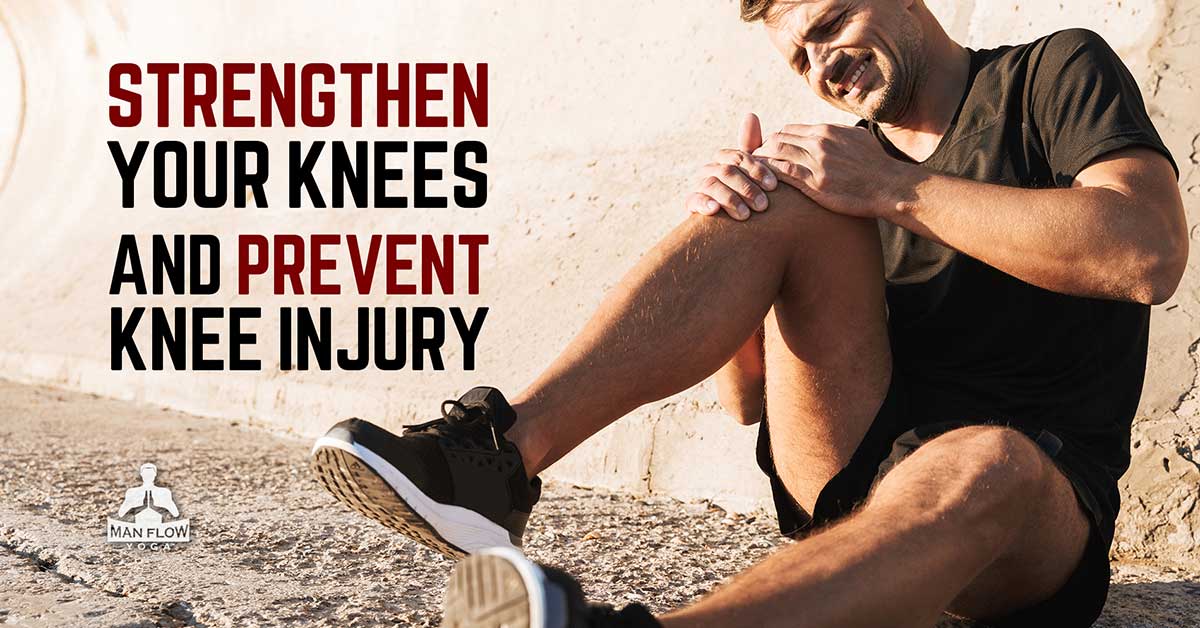
thanks
You’re welcome, Richard!